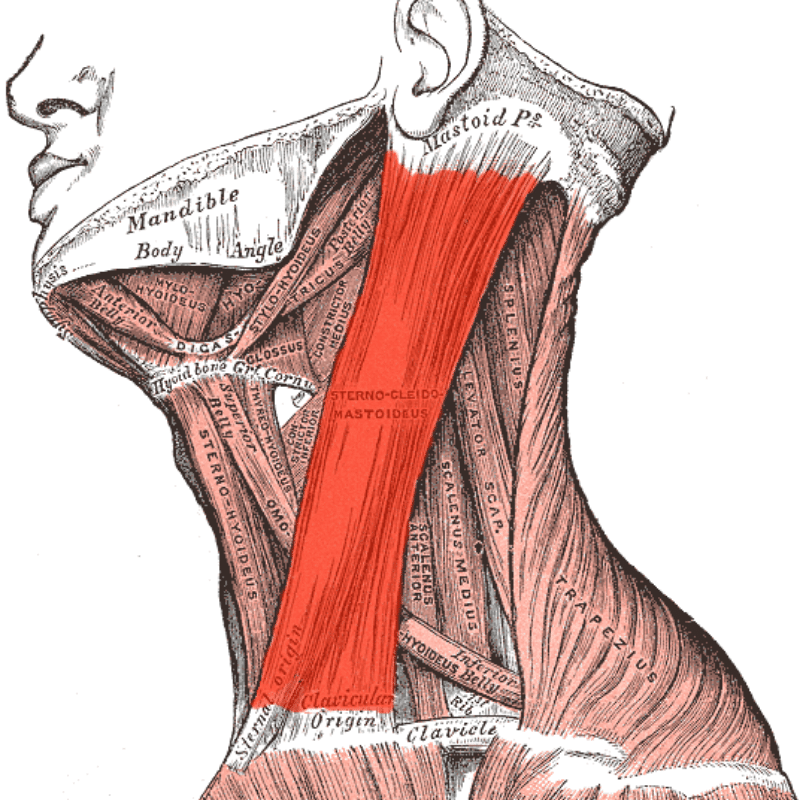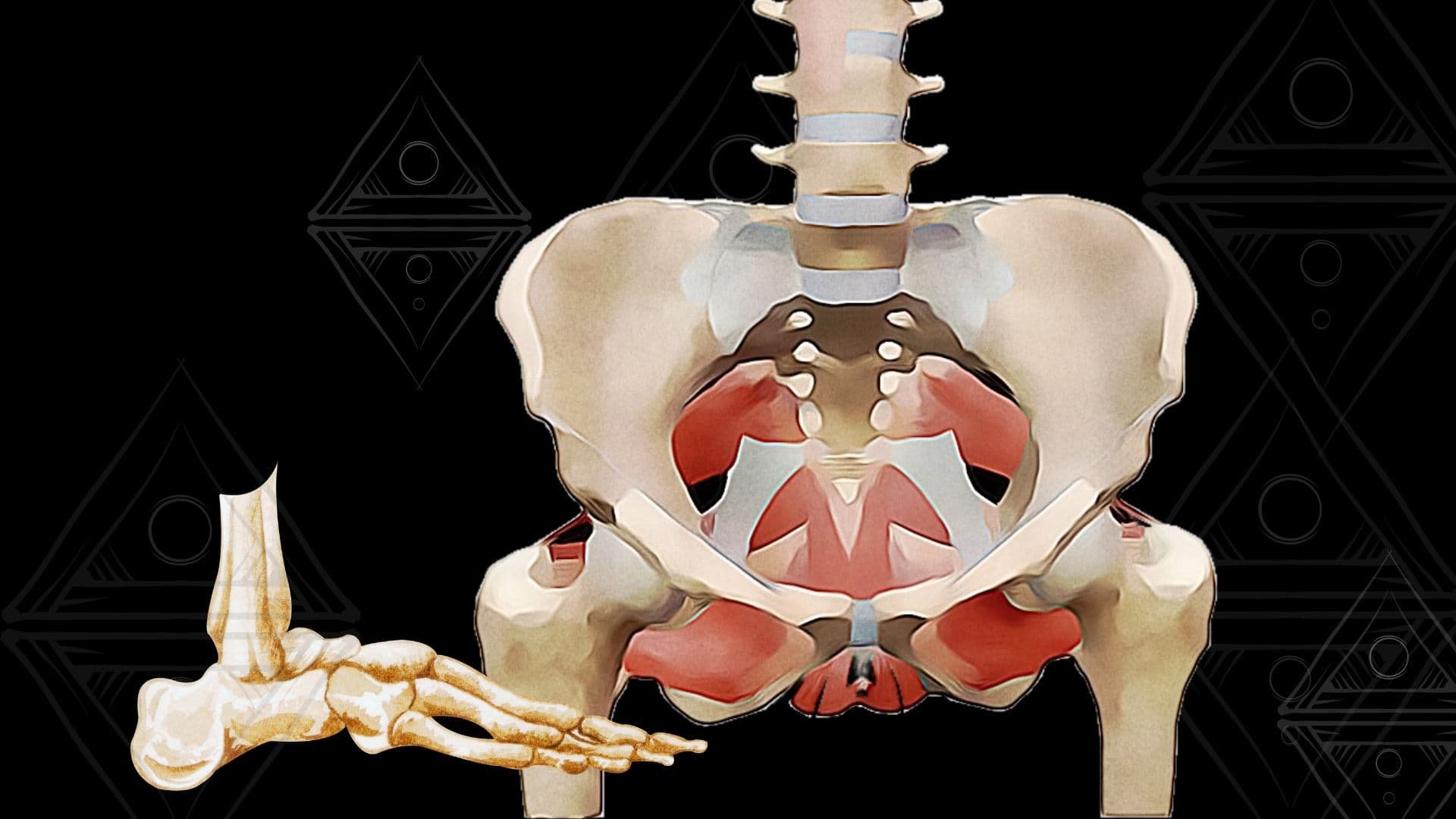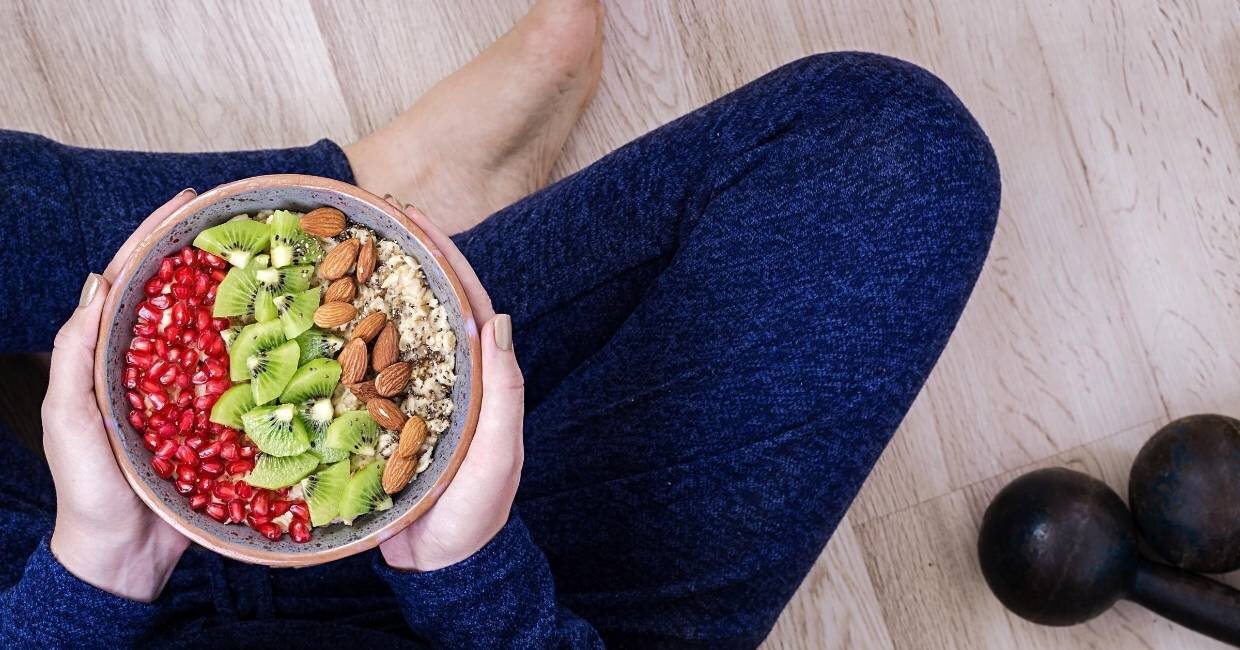Movements Of The Jaw
The
jaw and its movements play a pivotal role in balance — physically and emotionally.
Ahhhhh….the jaw!
I recently created a short movement practice for a student titled, "reConnecting The Pelvis & Jaw." I’m sure that you know that the jaw impacts your teeth and other mouthy parts. But did you also know that the jaw and its movements play a pivotal role in balance — physically and emotionally?
The upper jaw, part of the cranium, connects most intimately with the spine and back of the body. Every movement the upper jaw makes reverberates through the spine. One of the best ways to feel this is to sense the connection between the pelvis and the jaw. Once you've made the connection, you can refine your ability to feel how the jaw movements transmit down the spine.
You can start making connections right now by taking 10 minutes to do the short audio practice below.
AUDIO PRACTICE: Reconnecting The Pelvis & Jaw
The lower jaw (a.k.a. the mandible) connects most intimately with your body-core, rib basket, and sternum. See if you can imagine this glorious network of soft tissue that connects the jaw to the clavicle (a.k.a. collar bones), sternum (a.k.a. breastbone), hyoid bone, the upper two ribs, and so much more.
Now, remember, none of these parts exist as an island. For instance, the hyoid bone and the upper ribs utilize your vast tissue network connected to your cervical spine, shoulder blades, and more. All of this can have a direct impact on your breath and the carriage of your head. How you organize your head is oh so vital to balance.
When your jaw joints are out of balance or the muscles are working hard (i.e., tight), your body attempts to compensate to maintain balance. The muscles in your head & neck that coordinate with the jaw muscles will be at odds. Often, this results in an imbalance in the vertebrae of your neck. If you maintain this over time, other compensations will arise. Eventually, you can start to feel as though your whole spine is out of whack.
I could go on and on about the interweaving of tissue and movement. But instead, I am going have you take a quick look at the anatomy images. It isn't everything, but it is an excellent place to begin. You'll start to see some of the parts that can be directly impacted by the jaw.
But what does the jaw have to do with emotions?
Your avenue of expression includes your jaw, tongue, throat, and the surrounding muscles and bones that play an intimate role in making faces and creating the sound necessary to communicate your thoughts and emotions. Have the capacity for free and easy movement in the jaw is your avenue of expression. Immobility is silence.
Just think about those moments when you are holding back saying something for one reason or another. You might experience pursed lips, a clenched jaw, and an overly active tongue that presses against the floor or roof of your mouth. Heck, this mighty grimace is even known as 'biting your tongue'!
Or what about those moments when you are laughing hysterically. What is your jaw doing then? I bet it is as open and free as you are at the moment.
“When the habitual manner is dissolved, normal gratification is dreamed.”
RELATED POSTS
Anatomy Images:
Creative Commons Image: By Henry Vandyke Carter - Henry Gray (1918) Anatomy of the Human Body Public Domain, https://commons.wikimedia.org/w/index.php?curid=519732
Creative Commons Image: Modified by Uwe Gille (1918) Anatomy of the Human Body Public Domain, https://commons.wikimedia.org/w/index.php?curid=2492590













